
Weed of the Month: Johnsongrass
Johnsongrass is a coarse-textured perennial grass that grows well in pastures, gardens, fields, and roadsides.

Johnsongrass is a coarse-textured perennial grass that grows well in pastures, gardens, fields, and roadsides.
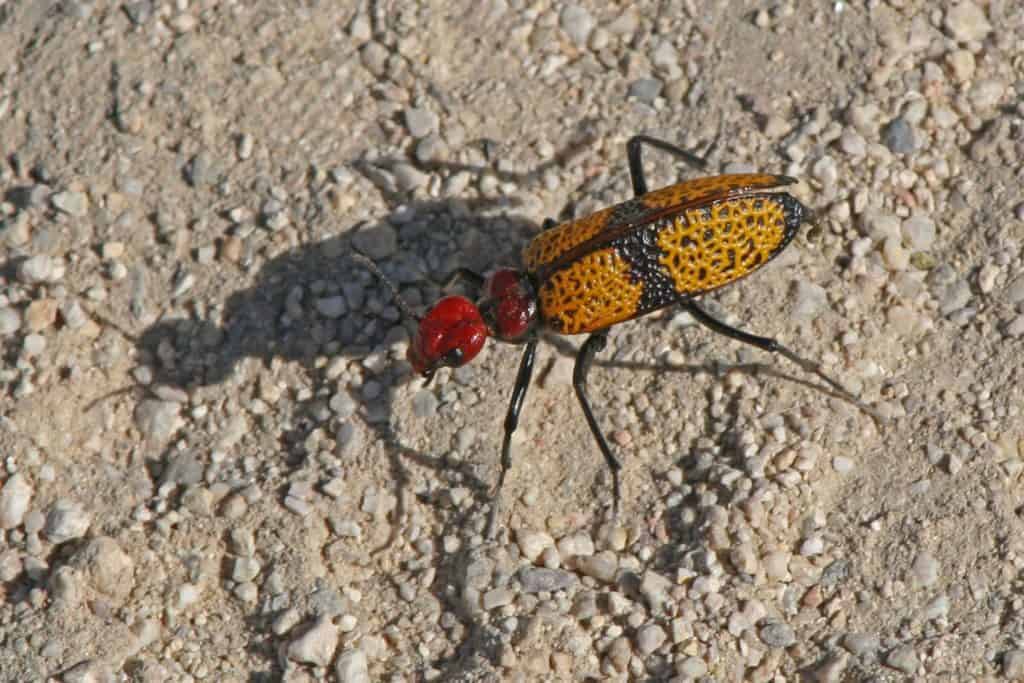
Reports indicate a higher than usual number of blister beetles, which are toxic to horses, in some areas.
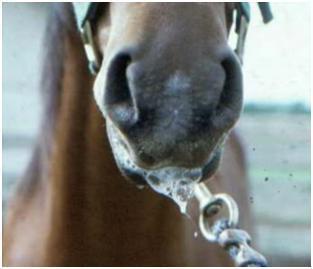
Mycotoxin exposure in horses, caused by feed contaminated with fungi, can be dangerous or fatal.

Red maple is a valued landscaping tree in the eastern United States and Canada but is also toxic to horses.

Even when NSAIDs are used appropriately, the drugs can still prove damaging to the patient.
A recent recall of horse feed contaminated with the ionophore antibiotic monensin has prompted many questions.
The recalled Kountry Buffet 14% horse feed could contain monensin sodium, which can be fatal for horses.
Tennessee law enforcement authorities are hoping to solve the mystery surrounding the sudden deaths of
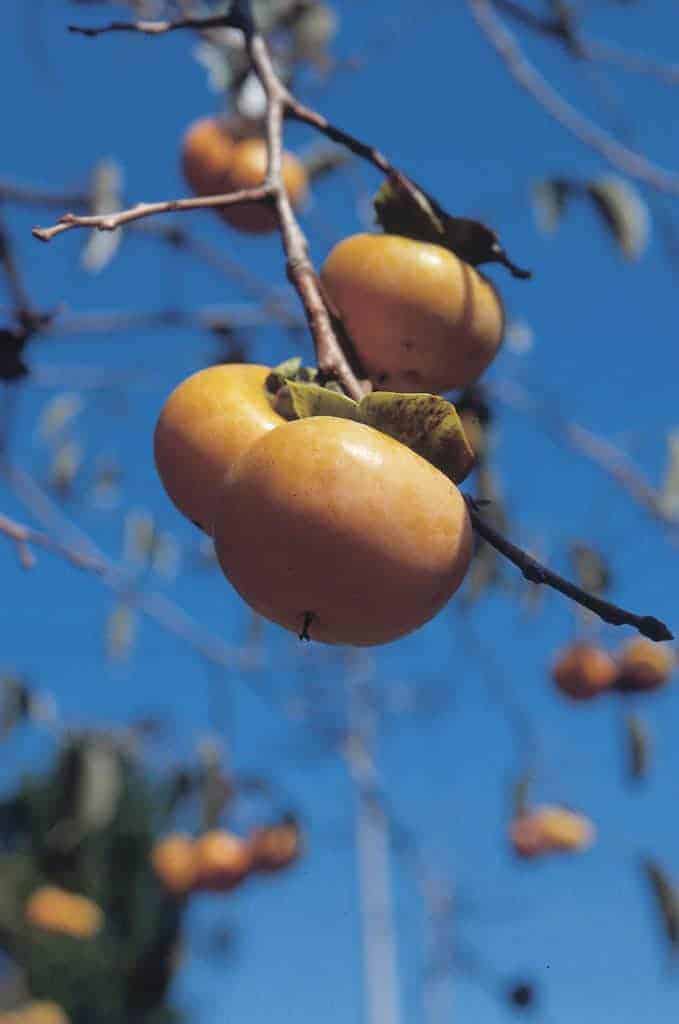
Persimmon fibers and seeds can create an obstruction in the GI tract, resulting in serious impaction colic.
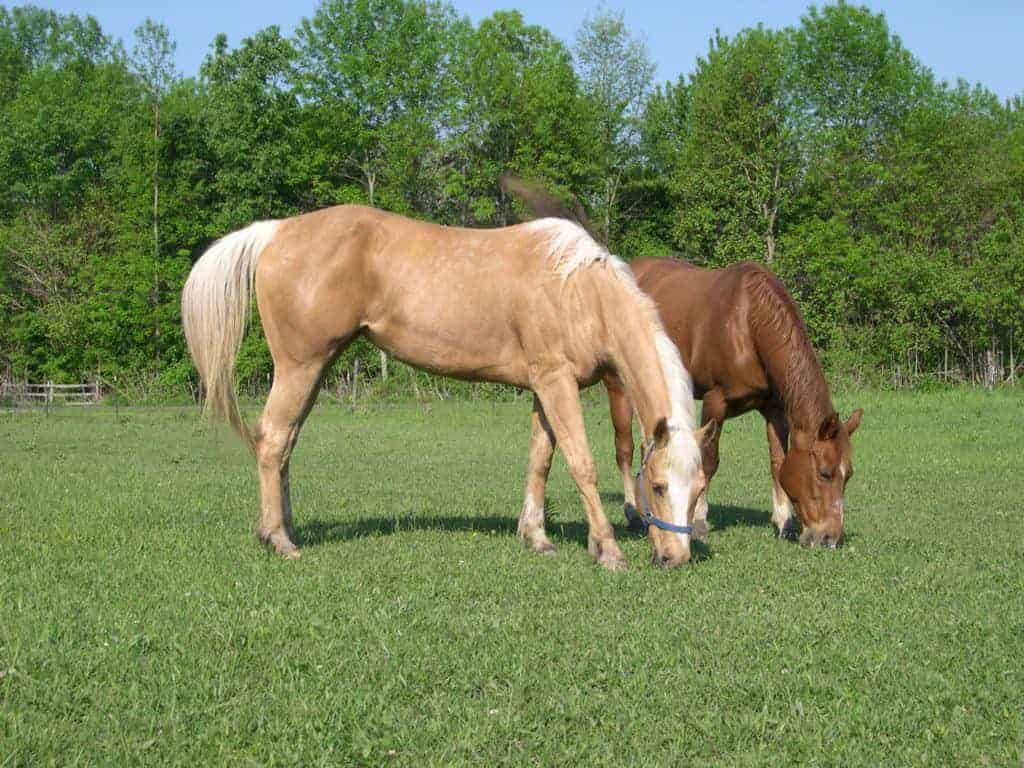
Atypical myopathy–a sudden onset of acute muscle pain and damage–is related to pasture rather than exercise.
France and Great Britain each logged 34 cases in 2011, while just four cases were diagnosed in North America.
Botulism and scrub tick infestations both cause the progressive muscular paralysis seen in the deceased horses
Endotoxin release–which happens when the bowel’s checks and balances are altered–causes serious issues.

Researchers noted a 9% mortality rate in horses bitten by rattlesnakes.
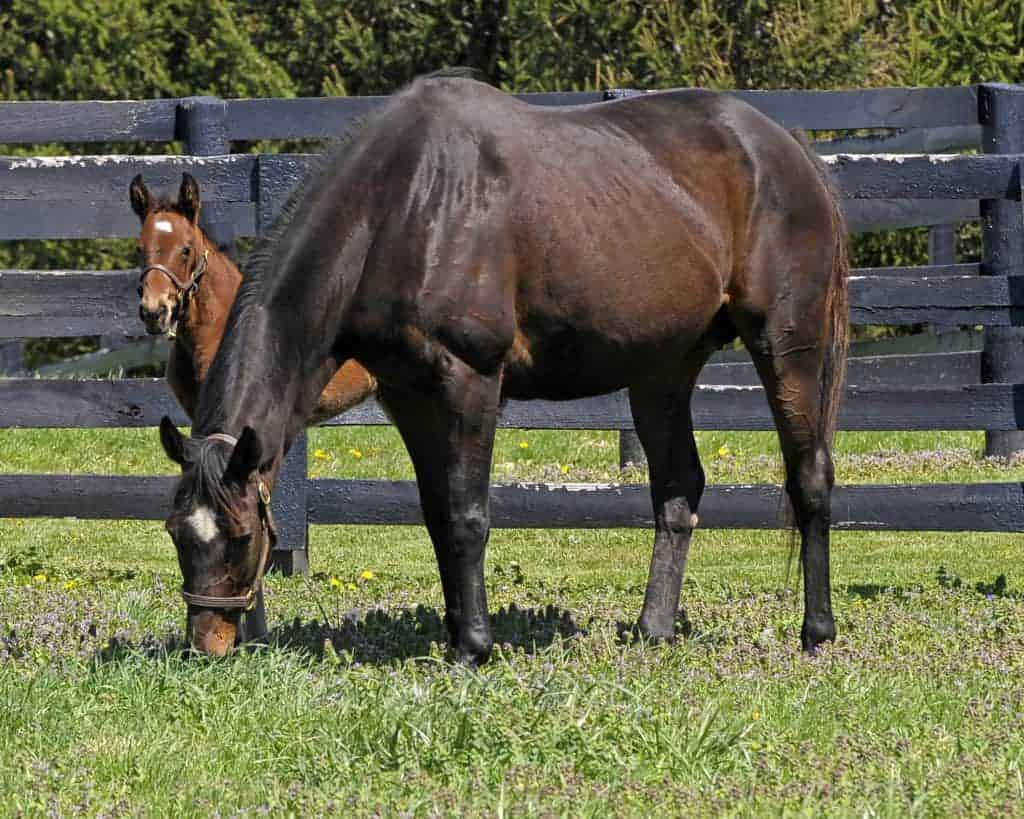
Tall fescue produces a toxic alkaloid that causes disorders in broodmares that consume the forage.

A competitive trail riding event in Kansas was canceled due to blue-green algae in Big Hill Reservoir.
Stay on top of the most recent Horse Health news with
"*" indicates required fields